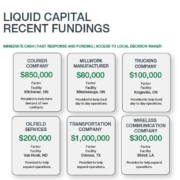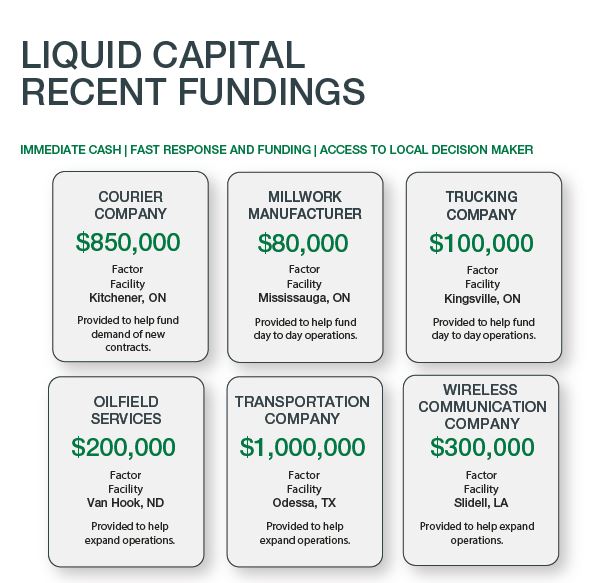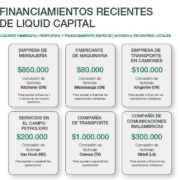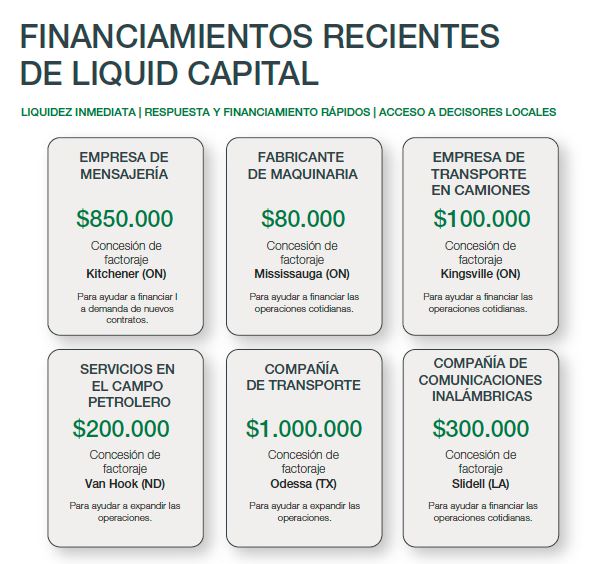Tom Stamborski Cash Flow Financing – “The Mind’s Eye”
No matter what stage of business you’re in, get ahead with Tom Stamborski Cash Flow Financing tips and business advice.

In working with various clients and prospects, beyond the strategic cash flow financing that I provide, the mindset of the business owner is an important factor that has to be taken into account. The business scenarios that create the need for my services cover a wide spectrum of circumstances. They run the gamut, from high growth to business survival.
Central to the situation is a triggering event that creates the need to enhance cash flow.
Can’t qualify for traditional bank financing?
For newer companies that currently don’t qualify for traditional bank financing, private assets are normally limited and operations progressively become strained. Suppliers demand upfront payments and restrictive terms. Customers prefer to stretch out their payables as they contend with their own business issues, creating an unpredictable cash flow stream. Continuance of this scenario puts many companies at risk during a very vulnerable period in their life cycle.
Need even more financing?
For high growth companies, a common problem is that, in many instances, their current bank is unable to increase the level of financing availability as rapidly as their growth would dictate. This, of course, is an unfortunate situation as their growth opportunities could catapult them to the next level of development.
Are there more options?
For companies that fall between these two scenarios, there are different variations. Due to industry downturns, poor management practices, internal disputes, etc., their financial statements reflect losses and weakening financial ratios. This can result in their financing availability being frozen, reduced or not renewed.
In the case of their current bank having capital issues, the result could be the bank asking the client to leave. As the situation intensifies, it logically puts increasing pressure on the business owner. As they become more fixated on finding a solution, they unfortunately are drawn away from important business activities, thereby exacerbating the problem. In many instances, by the time I’m called in to assist the prospective client, I’m providing a form of cash flow triage.
Tom Stamborski Cash Flow Financing: Helping you get ahead
As I’m able to implement a strategic plan to address and stabilize their cash flow needs, the corresponding benefit to the business owner is their ability to revisit important aspects of their business such as developing or refining their business plan, marketing and sales as well as expenses and profit margins. With predictable cash flow, they can confidently make the important business decisions so vital to their company.
Being in business is not a clinical exercise. It’s fraught with a range of emotions that run the spectrum, from bolstering a business owner’s confidence to a level of concern bordering on desperation. I’m gratified that I have been able to play a part in delivering the financial resources so crucial to the viability and growth potential of my client’s businesses. I’d welcome the opportunity to be of service to those prospects and clients where you deem my services to be appropriate.
“Greatness is not a function of circumstance. Greatness, it turns out, is largely a matter of conscious choice and discipline”. – Jim Collins



 In
In 














